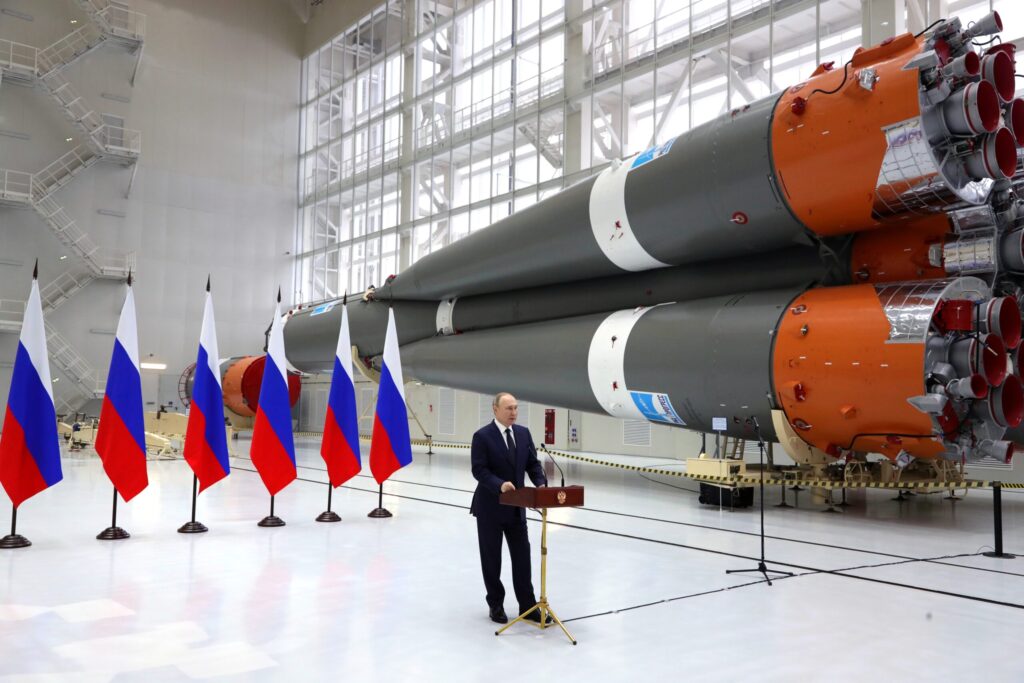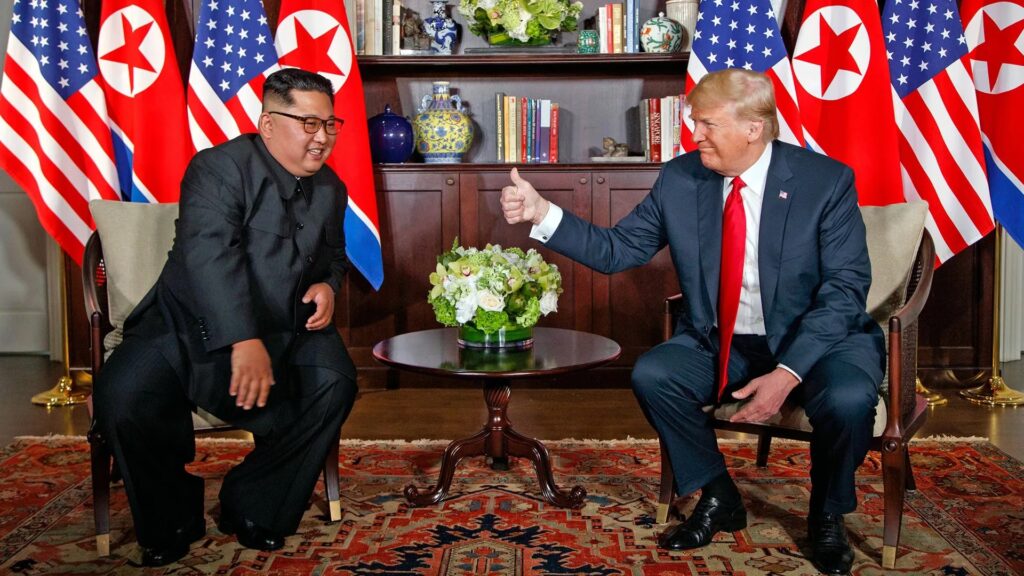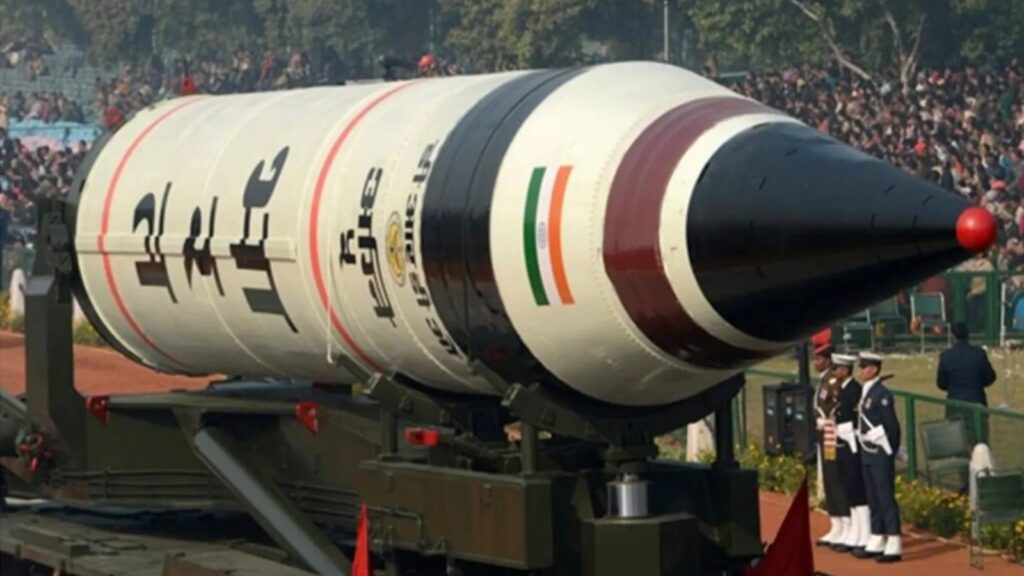The resurgence of the Nuclear Arms Race: Lessons from History and Urgent Paths Forward



Like Toto in The Wizard of Oz, at their 1985 summit in Geneva, President Ronald Reagan and Soviet leader Mikhail Gorbachev pulled back the curtain to reveal the truth behind the terrifying specter of nuclear war, which their countries were spending hundreds of billions of dollars to prepare for. “A nuclear war cannot be won,” they jointly stated, and “must never be fought.” They omitted the inescapable corollary of those first six words: a nuclear arms race also cannot be won.
Still, the statement, almost unique among government declarations for its blunt truthfulness, strengthened the case for the arms control and nonproliferation undertakings that followed. Decades of agonizingly difficult negotiations built up a dense structure of treaties, agreements, and even a few unilateral moves dealing with offensive and defensive nuclear weapons of short, medium, and long range, with provisions for testing, inspections, and an overflight regime for mutual observation. Often the two sides would only give up systems they no longer wanted. Frequently the language of the agreements was the basis of future friction. On the US side, the political price of securing Senate ratification of treaties could be extremely high.
But for all its shortcomings, arms control brought down the total number of nuclear weapons held by the two countries from 60,000 to roughly 11,000 today. (The exact number is classified.) Under the most recent treaty, New Start (strategic arms reduction treaty), signed in 2010, each side is limited to 1,550 deployed weapons, with the rest in storage. By any accounting, that 80% drop (95% counting just deployed weapons) is – or was – a notable achievement.
Unfortunately, the past tense is correct, because since the US withdrew from the anti-ballistic missile (ABM) treaty in 2002 – thereby legitimizing the unilateral renunciation of an agreement by one party if it no longer finds the restrictions to its taste – the other agreements have fallen one by one. In February 2026 – about 500 days from now – New Start, the last remaining brick in the edifice so painstakingly built, will expire, leaving the US and Russia with no restrictions on their nuclear arsenals for the first time in half a century.
With tensions among the great powers at a post-Cold War high, a new nuclear arms race is beginning. This one will be far more dangerous than the first. It will be a three-sided race – now including China – and thus much more unstable than a two-sided one. And it will be amplified by the advent of cyberweapons, AI, the possible weaponization of space, the ability to locate submarines deep in the ocean, and other technological advances.
To appreciate the danger this represents, it is necessary to look back at the peculiar dynamics of a nuclear arms race and see the craziness that drives intelligent people in its grip to grotesque extremes. From 1950 to 1965, the US arsenal grew from its first few warheads to more than 30,000 – about five times as many as the Soviet Union had at the time. Its bible then and now has been the Single Integrated Operational Plan (SIOP) – the multiservice plan for nuclear war. The SIOP specifies the targets to be attacked and is based on a required level of confidence with which each one must be destroyed.
As recounted by Fred Kaplan in his brilliant history The Bomb, President Dwight D. Eisenhower made one of Washington’s early attempts to exert some control over the nuclear planning being done in its name.
In November 1960, he sent his science adviser, George Kistiakowsky, accompanied by another weapons expert, George Rathjens, to Strategic Air Command (SAC) headquarters in Omaha, Nebraska, for a briefing. Rathjens came prepared with the name of a Soviet city similar to Hiroshima in size and industrial capacity and asked what weapons the SIOP assigned to it. The answer was one 4.5-megaton bomb followed by three 1.1-megaton bombs – a lunatic total of more than 500 times the 15-kiloton bomb dropped on Hiroshima.
As outsiders to SAC looked more and more closely at its work, they were variously baffled, stunned, and appalled. Asked how many Russians, Chinese, and Eastern Europeans would be killed in the all-out attack envisaged by the first SIOP, SAC’s answer was 275 million – counting only deaths from bomb blast but not those from heat, fire, smoke, and radioactive fallout, because these could not be precisely calculated. Actual fatalities, therefore, would be many times greater. The population of the region at the time was 1.03 billion. Unthinkable as this was, fear of the Soviet Union, SAC’s clout inside the military establishment, and political momentum in Washington were so great that, administration after administration, the president and the Pentagon wrote guidance that SAC turned into monstrous plans.
Decades later, after several rounds of cuts, the number of weapons had come way down, but the level of overkill in the SIOP was still bizarre. A review ordered by President Barack Obama revealed, for example, that the plan included several targets that were empty fields. According to US intelligence, these were designated as backup bases where Russian bombers could land if their primary bases had been destroyed. As Kaplan tells it, the official guidance required that “secondary bomber bases” be destroyed, so the SIOP assigned not one but several weapons to each of these fields.
The otherworldliness of the anticipated war lies not only in its planning – it has operational echoes as well. USAF Gen Charles Boyd, a fighter pilot (and my late husband), served for a time in a posting in which his task would have been to deliver a nuclear weapon in the event of a war in Europe. He and his fellow pilots were each issued an eye patch lined with lead and instructed to put it on just before releasing their bomb. At the altitude at which their planes flew, their unprotected eye would be blinded by the flash of the explosion. They could then remove the patch and use that eye to fly. Losing sight in one eye was not a big concern, however, because the pilots had no doubt that this would be a one-way mission: there would be nowhere to land in Western Europe in the throes of nuclear war.
Each year since 1947, the Bulletin of the Atomic Scientists has published a Doomsday Clock, set by a board of experts, as an easily understood assessment of the risk of global – mostly nuclear – catastrophe. In 1991, after the signing of the Start I treaty – the first to make deep cuts in the Soviet and US nuclear arsenals – the clock was set to 17 minutes before midnight. As of January 2024, it stands at 90 seconds, the closest it has ever been to the metaphorical moment of apocalypse. The board cited the widespread and growing reliance on nuclear weapons, the huge sums being spent to expand or modernize nuclear arsenals, and Russian threats to use nuclear weapons in the war in Ukraine.
A principal cause of concern is that after decades of relying on a very small nuclear deterrent, China is rapidly expanding its arsenal. It is now estimated to have 500 nuclear weapons, with plans to reach 1,000 by the end of the decade and perhaps numerical parity with the US and Russia by deploying 1,500 strategic weapons (those powerful enough to destroy cities and other distant targets) by 2035.
The Bulletin of the Atomic Scientists announces the Doomsday Clock is at 90 seconds to midnight, January 2024.
Washington can only guess at the motivation behind this decision. Because Beijing has never been willing to participate in arms control negotiations, the US government has little first-hand knowledge of its thinking about its nuclear forces and strategy. It could be preparing for war over Taiwan or seeking more broadly to establish hegemony over the Indo-Pacific. It could be responding to what it sees as American aggression. It could simply be taking the steps it feels are its due as a newly arrived great power now that it can afford to do so. Most likely there is a mix of motivations among different parts of the government.
Russia has modernized its traditional nuclear forces. In addition, in an angry speech in 2018, Putin unveiled several new nuclear weapons systems. He claimed that these were a response to the US withdrawal from the ABM treaty and its subsequent work on missile defenses, which Moscow vehemently opposed in the belief that they would neuter its incoming missiles in a war. Ironically, despite enormous effort and expense over decades, US missile defenses have never been able to do that. The best they can do, even under test conditions arranged to make the task easier, is perhaps to intercept the equivalent of one or two North Korean missiles, but nowhere near a large Russian attack. So the US decision to leave the ABM treaty backfired in the worst way, adding little if any security while frightening and infuriating Russia. The new weapons announced by Putin include an intercontinental hypersonic glider, the trajectory of which can be altered during flight, a very fast nuclear-powered cruise missile of almost unlimited range, and an underwater nuclear torpedo that could span the Pacific. “No one has listened to us,” Putin said. “You listen to us now.”
Nonetheless, in President Joe Biden’s first week in office, Russia and the US announced a five-year extension of the New Start treaty days before its expiration. Two years later, however, in a fit of anger over Western support for Ukraine, Moscow announced that it was “suspending” the treaty. Both sides continue to observe the treaty’s limits on weapons, but its critical provisions for verification via data exchange, notifications, and on-site inspections are gone.




